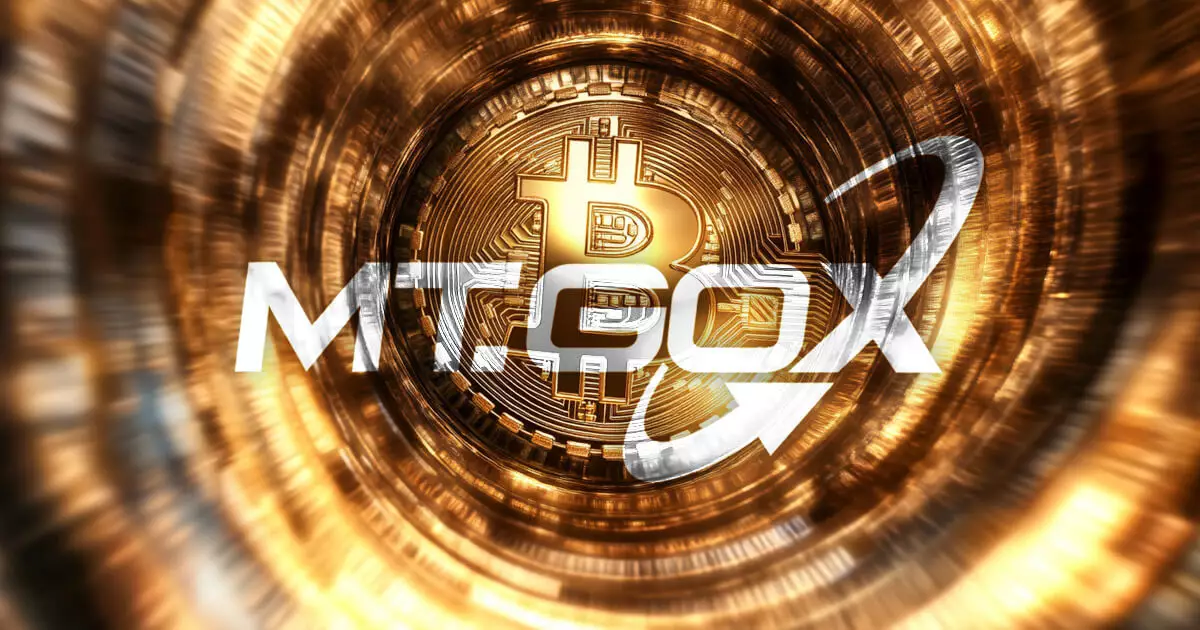The infamous Mt. Gox exchange, which collapsed in 2014 after a massive hacking incident that led to the loss of approximately 950,000 Bitcoins, has recently made headlines once again. This resurgence stems from a significant move in the cryptocurrency landscape, with the exchange transferring over $2 billion worth of Bitcoin into newly formed wallets. The revelation, brought to light by the blockchain analytics firm Arkham Intelligence, has stirred both trepidation and excitement across the crypto community.
On November 4th, as per Arkham Intelligence’s data, Mt. Gox executed a transaction transferring 30,371 BTC—an astonishing value of around $2 billion—primarily into an unnamed wallet tagged as “1FG2C.” Shortly thereafter, an additional transfer of roughly 2,000 BTC to another unidentified wallet, “15gNR,” continued to pique industry interest. This activity comes at a time when the Mt. Gox wallet has experienced heightened movement, with a significant 32,871 BTC dispatched in just a few days.
These transactions, particularly the transfer to exchanges like OKX and B2C2, have led to wild speculation regarding the future of Mt. Gox’s remaining assets estimated at 44,378 BTC, currently valued at about $3.04 billion. Investors and analysts are apprehensively eyeing these developments, pondering the potential ramifications on the broader cryptocurrency market, especially if these assets flood the exchanges all at once.
Compounding the intricacies of these transactions is Mt. Gox’s commitment to repaying its creditors for losses incurred during the notorious hack. While the exchange has long been in the process of reimbursing affected users through various platforms like Kraken, Bitstamp, and BitGo, the timeline for these repayments has evolved. Mt. Gox has recently extended the repayment deadline to October 31, 2025, allowing more time for creditors to receive their distributed assets.
This extension is noteworthy; it reflects the complexities of disentangling the financial webs left by the hack and underscores Mt. Gox’s dedication to ensuring that all creditors receive their due compensation. As the situation unfolds, stakeholders are cautiously optimistic yet aware of the market dynamics that could be significantly impacted if liquidity from these long-dormant assets begins to flow into the marketplace.
The re-emergence of Mt. Gox also raises critical questions about regulatory oversight in the ever-evolving world of cryptocurrencies. With billions still tied to unresolved claims and substantial amounts being moved across wallets, the need for robust regulatory frameworks becomes increasingly urgent. How will exchanges manage these large inflows, and what measures can be taken to safeguard against market manipulation or volatility spurred by unexpected large trades?
Investors are advised to remain vigilant. The unfolding narrative surrounding Mt. Gox signifies more than just the return of lost assets; it serves as a reminder of the tumultuous history of cryptocurrency exchanges and the importance of securing digital assets in an unpredictable environment. As the crypto community observes these developments, the implications remain profound not only for Mt. Gox but for the future trajectory of the cryptocurrency ecosystem.



Leave a Reply